You’ve seen them on wrists at red-carpet events, in glossy magazine spreads, and maybe even in your dreams: a Rolex Submariner, a Patek Philippe Nautilus, or an AP Watch Royal Oak. These timepieces don’t just tell time—they tell stories of heritage, craftsmanship, and exclusivity. But why do luxury watches cost tens of thousands… or even millions… of dollars?
Is it just branding? Status? Or is there real value beneath the polished sapphire crystal and gleaming gold bezel?
Let’s dive deep into the anatomy of a luxury watch’s price tag—and uncover why these miniature marvels command such staggering sums.
1. Swiss Precision & In-House Movements: Engineering at Its Finest
At the heart of every luxury watch lies its watch movement—the engine that powers timekeeping. Unlike mass-produced quartz watches (which rely on batteries and electronic oscillators), high-end timepieces often feature mechanical movements, painstakingly assembled by hand.
Brands like Jaeger-LeCoultre, Vacheron Constantin, and Rolex invest millions in R&D to design in-house calibers—movements built entirely within their own facilities. These aren’t just functional; they’re feats of micro-engineering with hundreds of tiny components, each finished to perfection.
- Hand-finishing: Beveled edges, perlage (circular graining), and Côtes de Genève striping aren’t just pretty—they require skilled artisans and hours of labor.
- Chronometer certification: Many luxury watches undergo rigorous testing (like COSC in Switzerland) to ensure accuracy within -4/+6 seconds per day.
- Longevity: A well-maintained mechanical watch can last generations—unlike most consumer electronics.
Bottom line: You’re not just buying a watch—you’re investing in centuries of horological innovation.
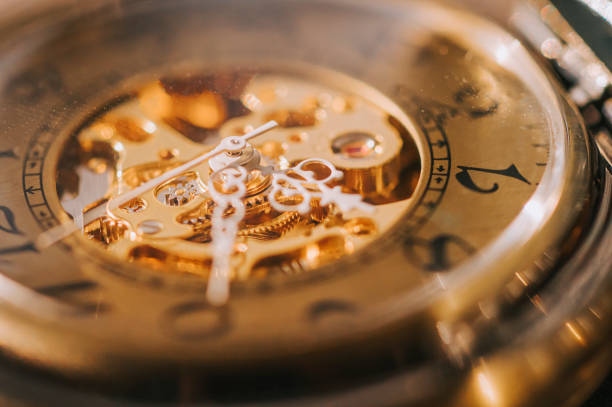
2. Materials That Matter: From Titanium to Meteorite
Luxury watches use materials that go far beyond stainless steel and plastic:
- Precious metals: 18k gold, platinum, and rose gold aren’t just shiny—they’re dense, durable, and costly.
- Exotic dials: Mother-of-pearl, enamel, meteorite, or even hand-painted miniature art.
- Sapphire crystals: Scratch-resistant and optically clear, these are far more expensive than standard mineral glass.
- High-tech alloys: Brands like Richard Mille use aerospace-grade titanium or carbon composites for ultra-lightweight performance.
Even the straps can add thousands: alligator leather, hand-stitched by artisans, or custom-fitted metal bracelets with micro-adjustments.
3. Craftsmanship: Hundreds of Hours, One Watch
A single luxury watch can take months to assemble. At Patek Philippe, for example, a complicated timepiece like a perpetual calendar chronograph watch may require 6–12 months of work by multiple master watchmakers.
- Hand assembly: No robots here—just tweezers, loupes, and decades of experience.
- Quality control: Every component is inspected under magnification. One speck of dust? Back to the bench.
- Limited output: Rolex makes about 1 million watches a year—compared to Apple’s 50+ million Watches. Scarcity drives value.
This human touch can’t be automated—and it shows in both performance and price.
Luxury watches are hand-finished for days:
- Anglage (45° bevels) on every steel edge → 2 hours per component.
- Côtes de Genève stripes → 1 hour per bridge.
- Mirror polishing of a tourbillon cage → 8 hours—by one technician, one scratch = start over.
4. Heritage & Brand Prestige: The “Halo Effect”
Let’s be honest: part of what you pay for is the name on the dial.
- Patek Philippe’s “You never actually own a Patek Philippe…” slogan isn’t just marketing—it reflects a legacy dating back to 1839.
- Rolex didn’t just make dive watches—they defined them with the Submariner in 1953.
- Audemars Piguet shocked the world in 1972 with the Royal Oak, turning steel into high luxury.
These luxury wrist watch brands have spent decades (sometimes centuries) building trust, innovation, and emotional resonance. That brand equity is real—and it’s priced in.
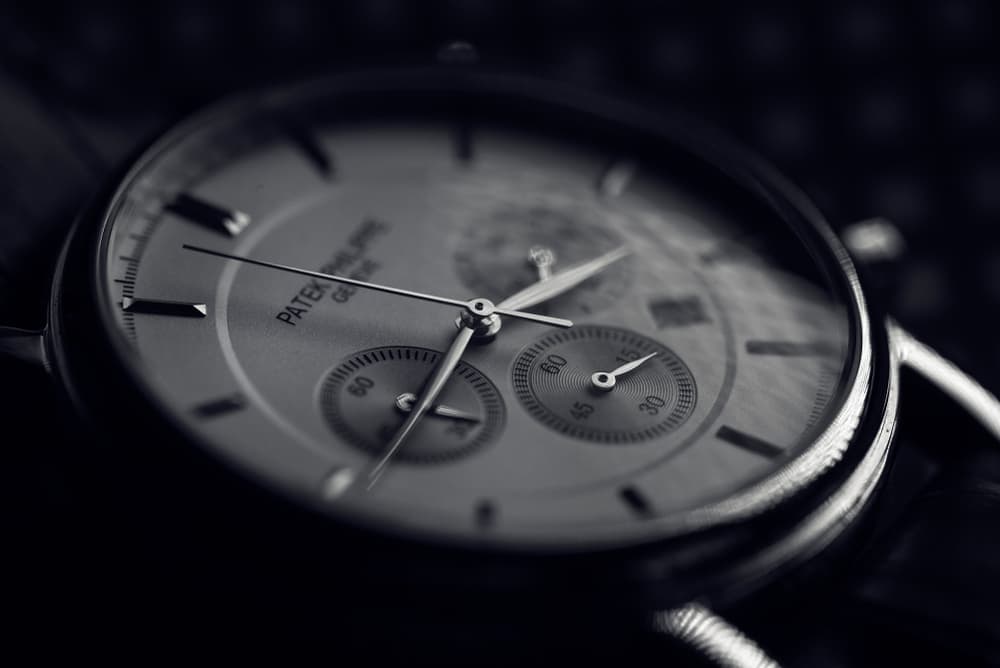
5. Exclusivity & Secondary Market Value
Unlike most luxury goods that depreciate instantly, many high-end watches hold or even increase in value.
- The Rolex Daytona “Paul Newman” sold for $17.8 million in 2017—the most expensive wristwatch ever auctioned.
- Limited editions (like the Omega x Swatch MoonSwatch) sell out in minutes and resell for 5x retail.
- Waiting lists for models like the Patek 5711 or Rolex GMT-Master II can stretch years—fueling desirability.
This isn’t just consumption—it’s collecting.
6. The Hidden Costs: Marketing, Boutiques & Global Presence
Behind the glamour are massive operational expenses:
- Flagship boutiques in Paris, Dubai, and New York cost millions to build and maintain.
- Sponsorships (Formula 1, tennis Grand Slams, film festivals) reinforce brand prestige.
- Global service networks ensure your $50,000 watch gets repaired by certified experts—not a local jeweler.
All these costs are baked into the final price.
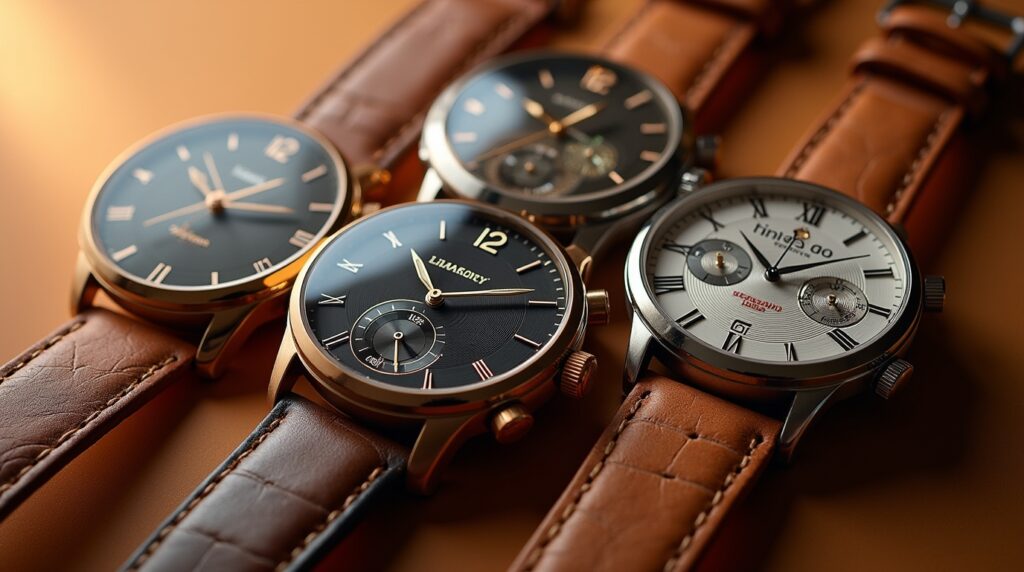
So… Are Luxury Watches Worth It?
That depends on what you value.
- As a tool? A $50 Casio tells time just as accurately.
- As an heirloom, art object, or as an investment watch? A fine mechanical watch offers emotional and financial returns that transcend utility.
As watch collector and investor Eric Ku once said:
“A luxury watch is the only thing you can wear that appreciates while you enjoy it.”
Final Thought: It’s Not About Time—It’s About Legacy
In a world of disposable tech and fleeting trends, luxury watches stand apart. They’re mechanical poetry—worn on the wrist, passed through generations, and admired for centuries.
So next time you see a six-figure timepiece, remember: you’re not just seeing a price. You’re seeing patience, passion, and precision—all ticking in perfect harmony.
Looking to invest in an exceptional timepiece? Discover a curated selection of luxury watches for men and women’s watches at TimeLuxury. From iconic brands like Rolex vs Omega, to modern classics, each watch is 100% authentic and crafted to perfection. Elevate your style and own a piece of horological excellence — shop luxury watches today at TimeLuxury.




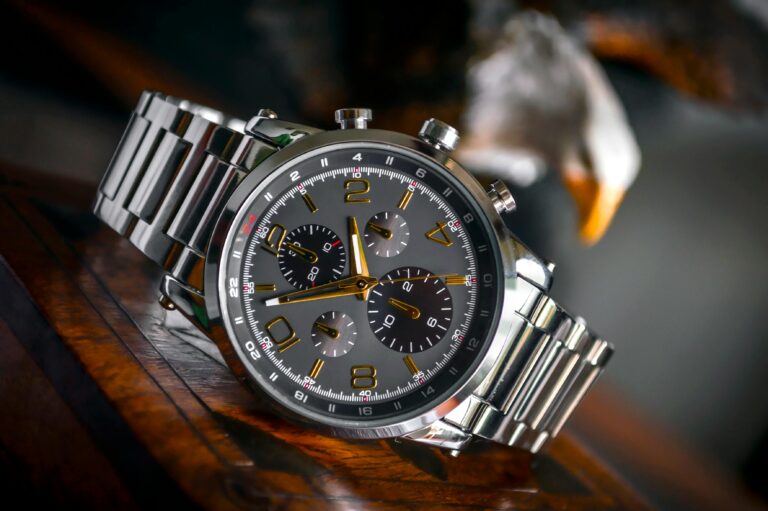
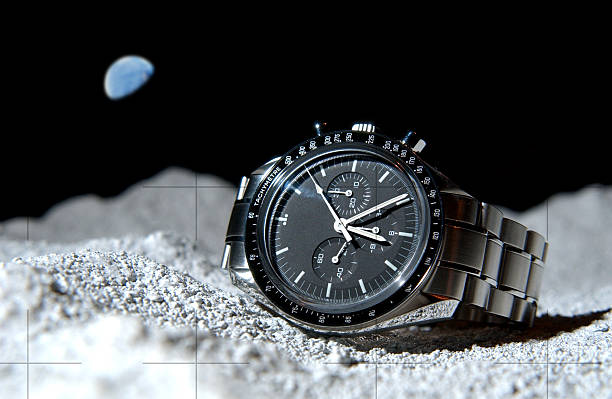
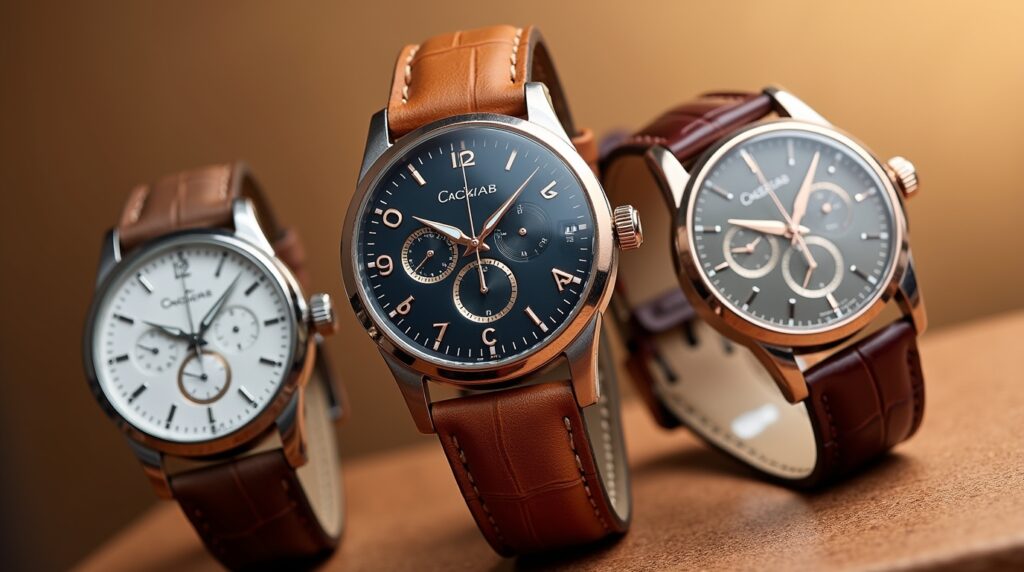
Leave a Comment